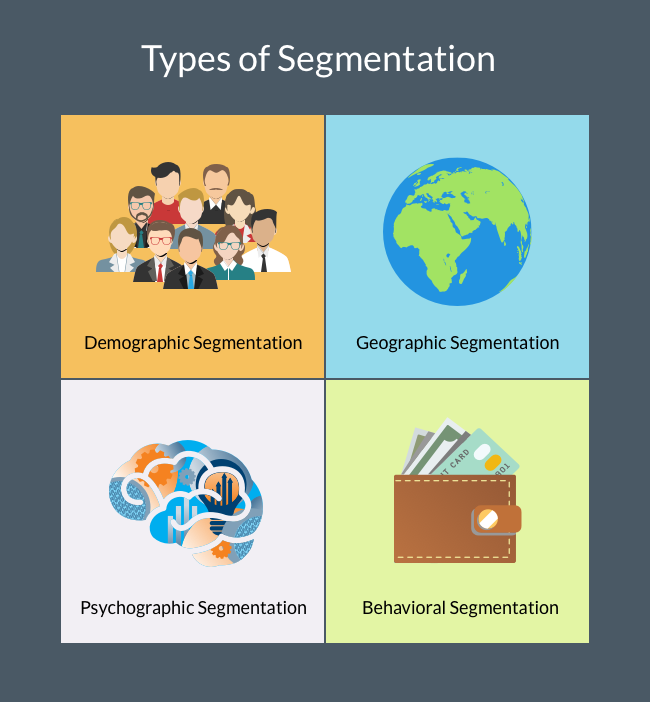Brand Management: Building and Sustaining Brand Equity Introduction to Brand Management: Brand management is a strategic process that involves creating, maintaining, and enhancing the perception of a brand in the minds of consumers. It encompasses various activities aimed at building brand awareness, fostering positive brand associations, and ultimately driving brand loyalty and equity. Definition of a Brand: A brand is more than just a logo or a name; it represents the collective perception, emotions, and experiences associated with a product, service, or company. Brands convey a promise of quality, consistency, and value to consumers, distinguishing them from competitors in the marketplace. Example: Coca-Cola is not just a beverage; it's a globally recognized brand synonymous with happiness, refreshment, and iconic advertising campaigns. Brand Management: Brand management involves strategically managing all aspects of a brand's identity, image, and communication to create ...





Comments
Post a Comment